Rising Affluence and Luxury Spending
The hyper car market is experiencing a notable surge in demand, driven by the increasing affluence of consumers in the United States. As disposable incomes rise, particularly among high-net-worth individuals, there is a growing willingness to invest in luxury vehicles. In 2025, the number of households with a net worth exceeding $1 million is projected to increase by approximately 10%, further fueling the hyper car market. This demographic shift indicates a robust market potential, as affluent consumers seek exclusive and high-performance vehicles that reflect their status. The hyper car market is thus positioned to benefit from this trend, as luxury spending continues to rise, creating opportunities for manufacturers to introduce innovative models that cater to the desires of wealthy buyers.
Investment in Research and Development
The hyper car market is significantly impacted by the ongoing investment in research and development (R&D) by manufacturers. As competition intensifies, companies are allocating substantial resources to innovate and differentiate their offerings. In 2025, it is projected that R&D spending in the automotive sector will increase by 8%, with a notable focus on hyper cars. This investment is crucial for developing advanced technologies, improving performance, and enhancing safety features. Furthermore, collaboration with tech firms and research institutions is becoming more common, enabling manufacturers to leverage expertise in areas such as artificial intelligence and electric vehicle technology. This commitment to R&D not only drives innovation but also positions the hyper car market for sustained growth, as companies strive to meet the evolving demands of consumers.
Cultural Shift Towards Performance Vehicles
The hyper car market is witnessing a cultural shift as consumers increasingly gravitate towards high-performance vehicles. This trend is particularly evident among younger generations, who are drawn to the thrill and prestige associated with hyper cars. Social media platforms and automotive events have amplified the visibility of these vehicles, creating a community of enthusiasts who celebrate speed and engineering excellence. In 2025, it is estimated that the demand for performance-oriented vehicles will grow by approximately 15%, indicating a robust interest in hyper cars. This cultural shift not only enhances the desirability of hyper cars but also encourages manufacturers to innovate and cater to this evolving consumer preference. As a result, the hyper car market is likely to expand, driven by a passionate consumer base that values performance and exclusivity.
Environmental Regulations and Sustainability
The hyper car market is increasingly influenced by stringent environmental regulations aimed at reducing carbon emissions and promoting sustainability. In the United States, the government has set ambitious targets for reducing greenhouse gas emissions, which has prompted manufacturers to innovate and develop more eco-friendly hyper cars. The introduction of hybrid and electric hyper cars is becoming more prevalent, as companies seek to comply with regulations while appealing to environmentally conscious consumers. This shift not only aligns with regulatory requirements but also enhances the market's appeal to a broader audience. As a result, the hyper car market is likely to see a rise in demand for sustainable luxury vehicles, reflecting a growing consumer preference for environmentally responsible options.
Technological Integration and Performance Enhancements
The hyper car market is characterized by rapid technological advancements that enhance vehicle performance and driving experience. Innovations in materials, aerodynamics, and powertrains are enabling manufacturers to produce hyper cars that deliver unprecedented speed and efficiency. For instance, advancements in lightweight materials such as carbon fiber and titanium are reducing vehicle weight, thereby improving acceleration and handling. Additionally, the integration of cutting-edge technologies, such as advanced driver-assistance systems and connectivity features, is becoming standard in new models. This focus on performance and technology is attracting enthusiasts and collectors alike, contributing to the overall growth of the hyper car market. As consumers increasingly seek high-performance vehicles, the hyper car market is poised to thrive in this competitive landscape.


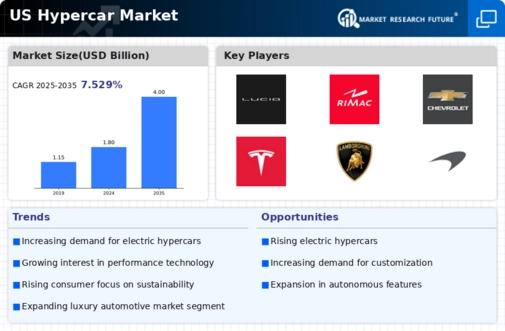

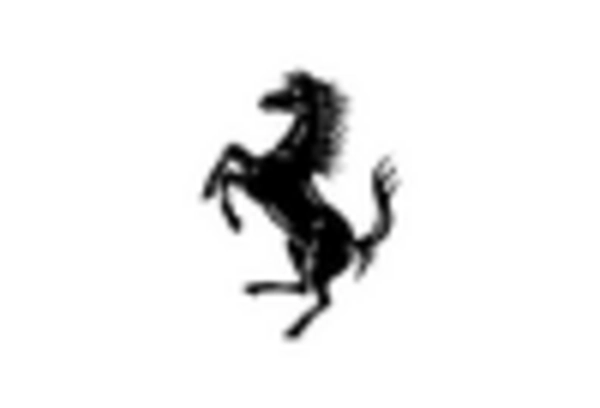
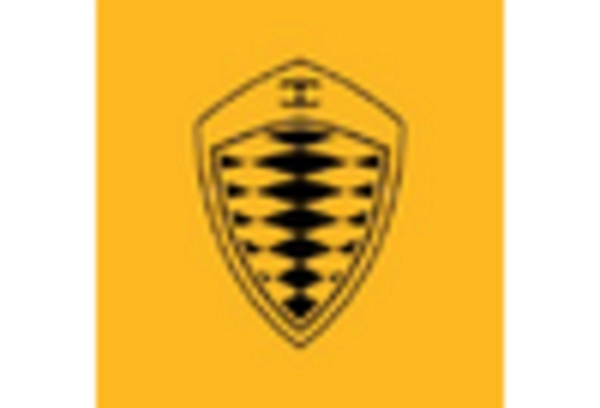

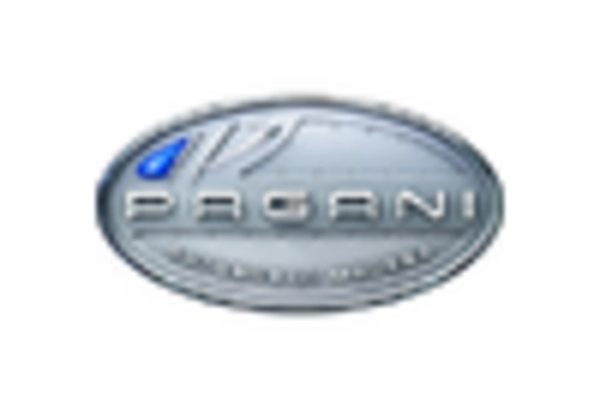
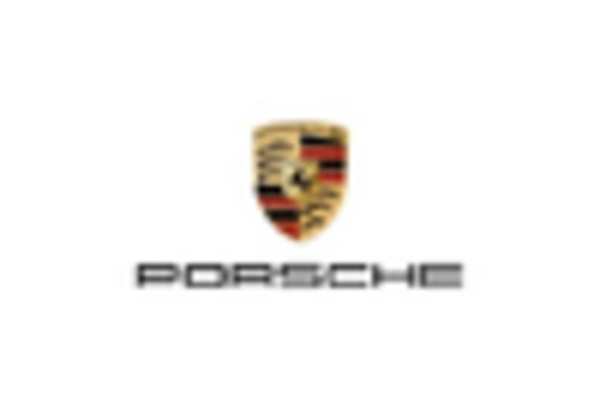








Leave a Comment